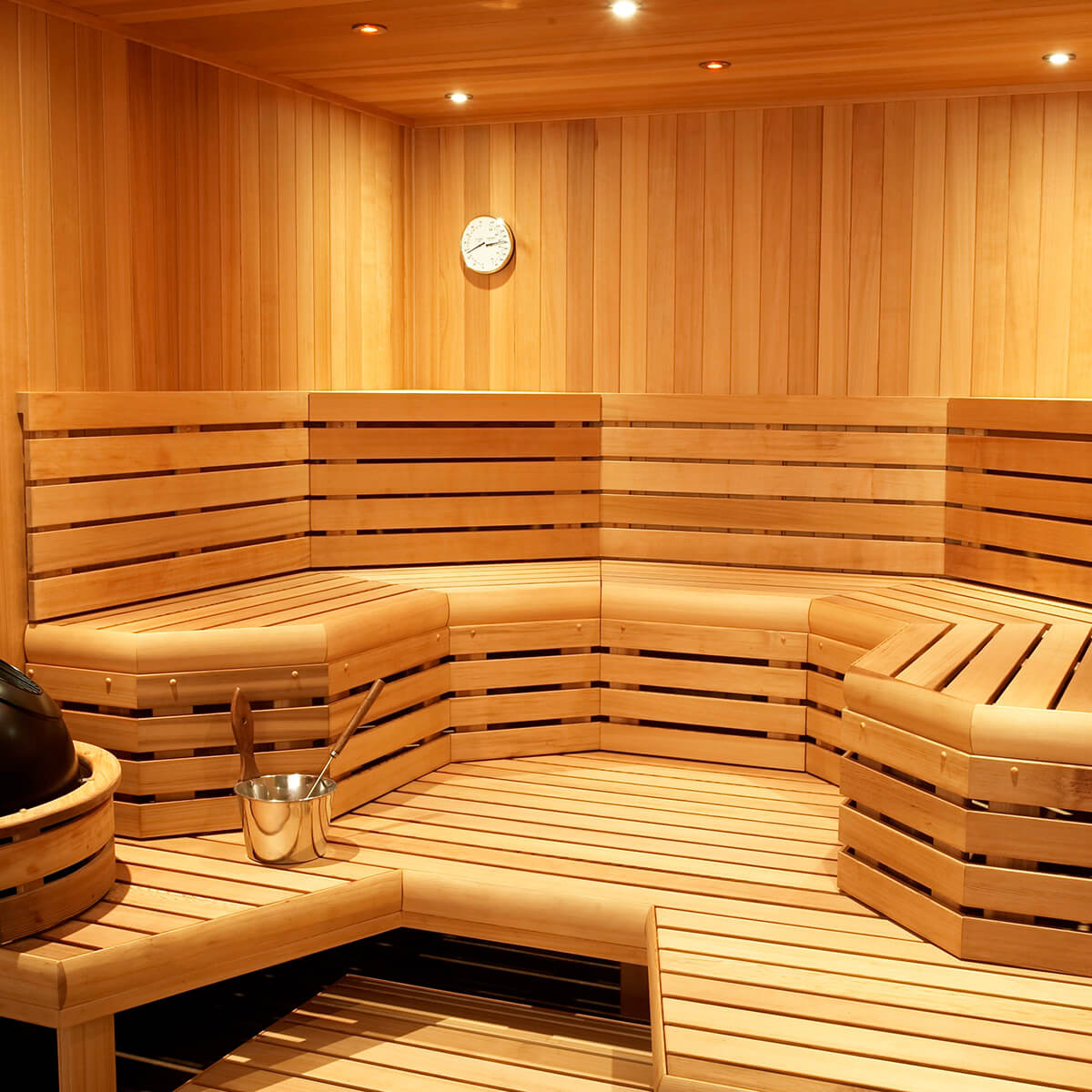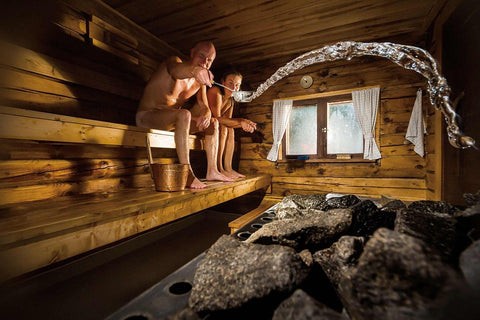What Does Traditional Sauna Mean?
Wiki Article
How Traditional Sauna can Save You Time, Stress, and Money.
Table of Contents8 Easy Facts About Traditional Sauna Shown9 Easy Facts About Traditional Sauna ShownWhat Does Traditional Sauna Mean?Not known Facts About Traditional SaunaTraditional Sauna Fundamentals Explained
A lot of the weight lost in a sauna is water loss and is re-gained upon rehydrating. Without a question sauna can be an essential component of a healthy weight loss program. To look at the distinctions in between conventional and IR saunas, I will certainly separate these into proven, academic, and fabricated differences.Hence, the hottest factor in the saunawhich is at the ceiling straight above the sauna heateris typically between 185 and 190 F. Claims that a conventional sauna exceeds 200 F is merely not true and not suitable for electrical saunas offered in the United States. The temperature for a far-infrared sauna is typically established in between 120 and 140 F; however, unlike the conventional sauna, the objective in and IR room is not to achieve a heat.
Since of this, the temperature difference is virtually unnecessary, since profuse sweating leads to both sauna kinds, yet the approach of heating up the body is different. In an IR sauna the bather will feel warm and will sweat profusely, but at much reduced temperatures (Traditional Sauna). Thus, if the objective is to spend longer amount of times in the sauna, the IR sauna is a great option
When a typical sauna has been effectively heated up, the sauna wall surfaces are cozy, the air temperature level has actually achieved established temperature and the rocks are extremely warmed. As an intriguing side note, the heated walls and the rocks are producing far-infrared warmth, integrated with the heated air, to produce an "wrapping up heat".
The Single Strategy To Use For Traditional Sauna

When the heat is attained, the aspects cycle on and off to keep the high temperature. Most conventional sauna individuals enjoy pouring water over the rocks to create steam to elevate sauna moisture levels. The advantages of pouring water over the rocks consist of: making the room more comfortable, dampening the nasal flows, and allowing the use of aromatherapy by blending vital oils with the water.

When the energy gets in the look here body, it creates the body temperature to increase and eventually leads to sweating. In an infrared sauna it is very important for the emitters/heaters to continue to be on virtually regularly. Given that there is no mass of rocks to keep warmth, article source the sauna will cool down if the emitters shut down.
As discussed over, the sauna bather in an infrared area wishes to position himself in front of operating emitters to obtain maximum gain from the warm. The home heating time for both areas can be really various, relying on exactly how the rooms are utilized. For a typical sauna, a bather needs to allow 30-40 mins for the room to accomplish a desired temperature and to appropriately pre-heat the rocks.
How Traditional Sauna can Save You Time, Stress, and Money.
A well created sauna will commonly achieve a temperature level of 150-160 F in concerning 30-40 mins. For hotter temperatures, the space may require to warmth for a longer duration.

Typical saunas often tend to be bigger (for this reason make use of more electrical energy) than infrared saunas, although typical saunas are absolutely offered in one and 2 individual dimensions. For a two-person conventional sauna, 5x6 or 5x7 size is most preferred. The leading bench can conveniently seat two or three people and is also enough time to exist down during the sauna session.
The Single Strategy To Use For Traditional Sauna
The typical price per kWH of electricity in the U.S. is around $0.11, so a 4.5 kW heater will set you back about $.50 to run for one hour, if the heating unit runs constantly for one hour. Typically a sauna heating unit will compete 75% of the initial hour and 50% of succeeding hours on because the elements cycle once the established temperature level is achieved.
There is a seldom reviewed distinction in the social experience between the two spaces. While our society has shed some of the social benefit of the traditional sauna experience, it can be extremely socially satisfying (Traditional Sauna). From family members time in the sauna, to heart-felt conversations with loved ones, to sauna partiesthe conventional sauna experience can result in intimate interacting socially
The Greatest Guide To Traditional Sauna
A lot of higher end infrared rooms consist of tinted light treatment, sound systems and full-glass fronts. The dimension of the majority of rooms enable 2 people to pleasantly use the space, while some designs may permit a third or 4th individual to make use of the area. Personalized infrared spaces are likewise readily available, with space sizes offered up to 7' x 8' x 7' high.Report this wiki page